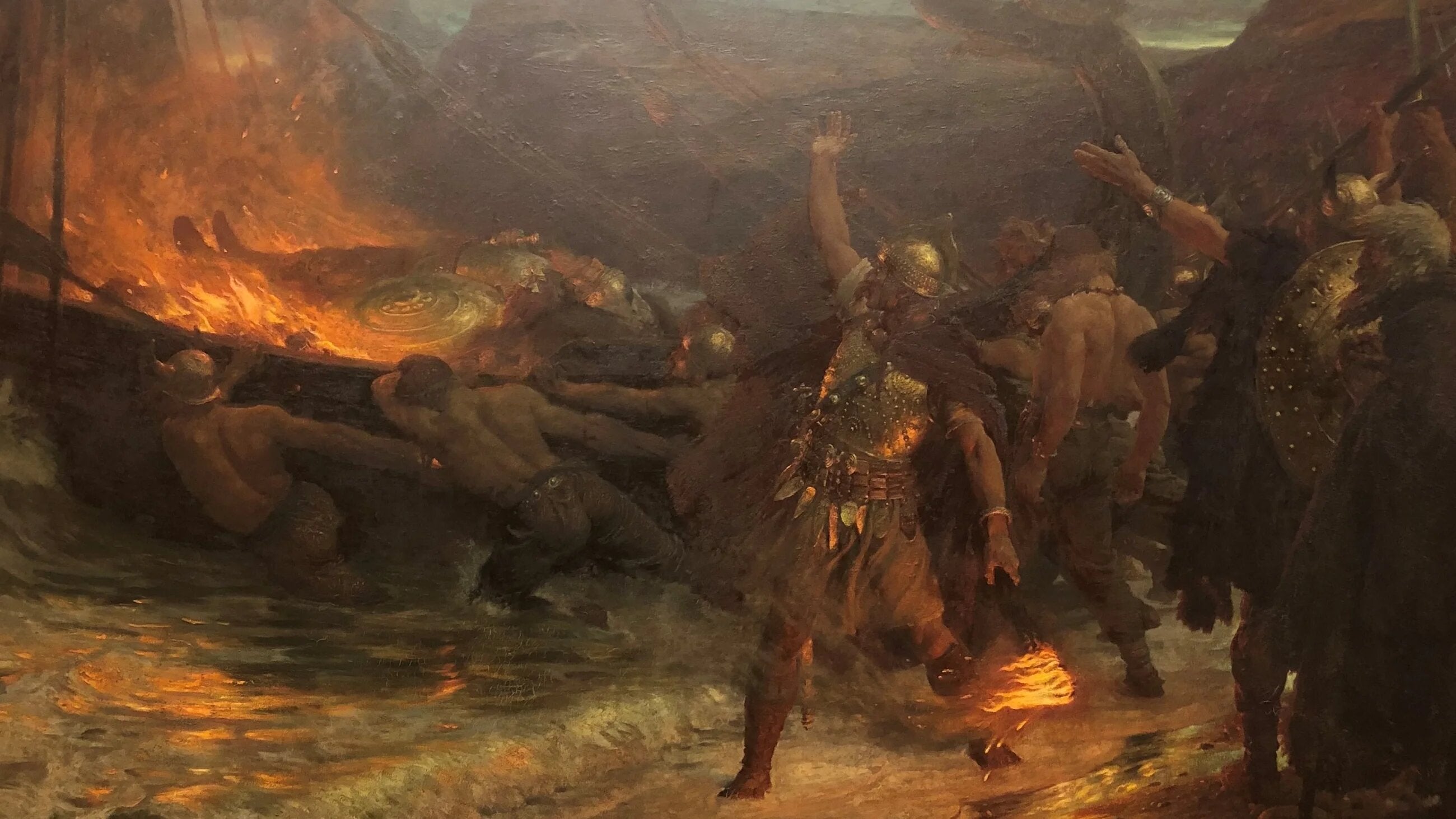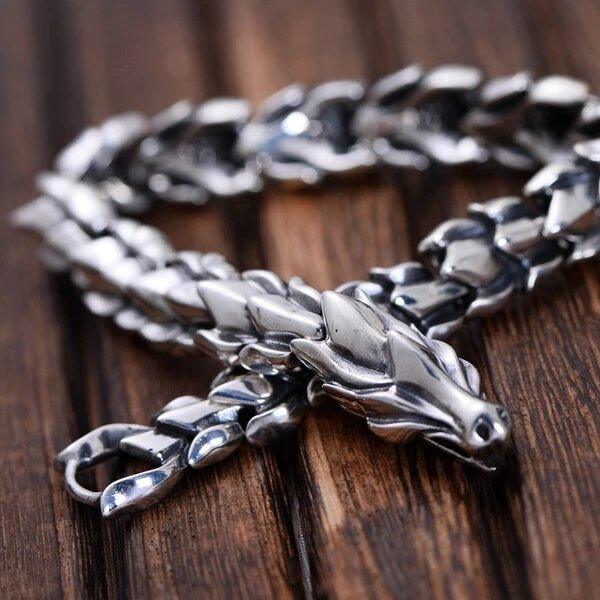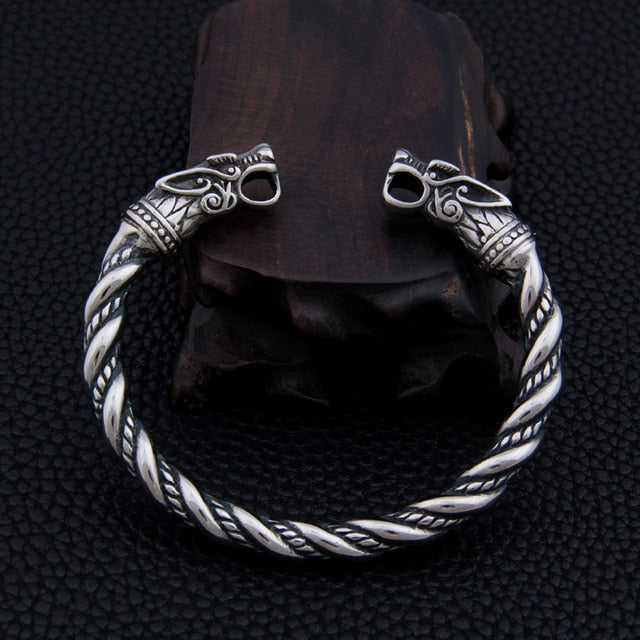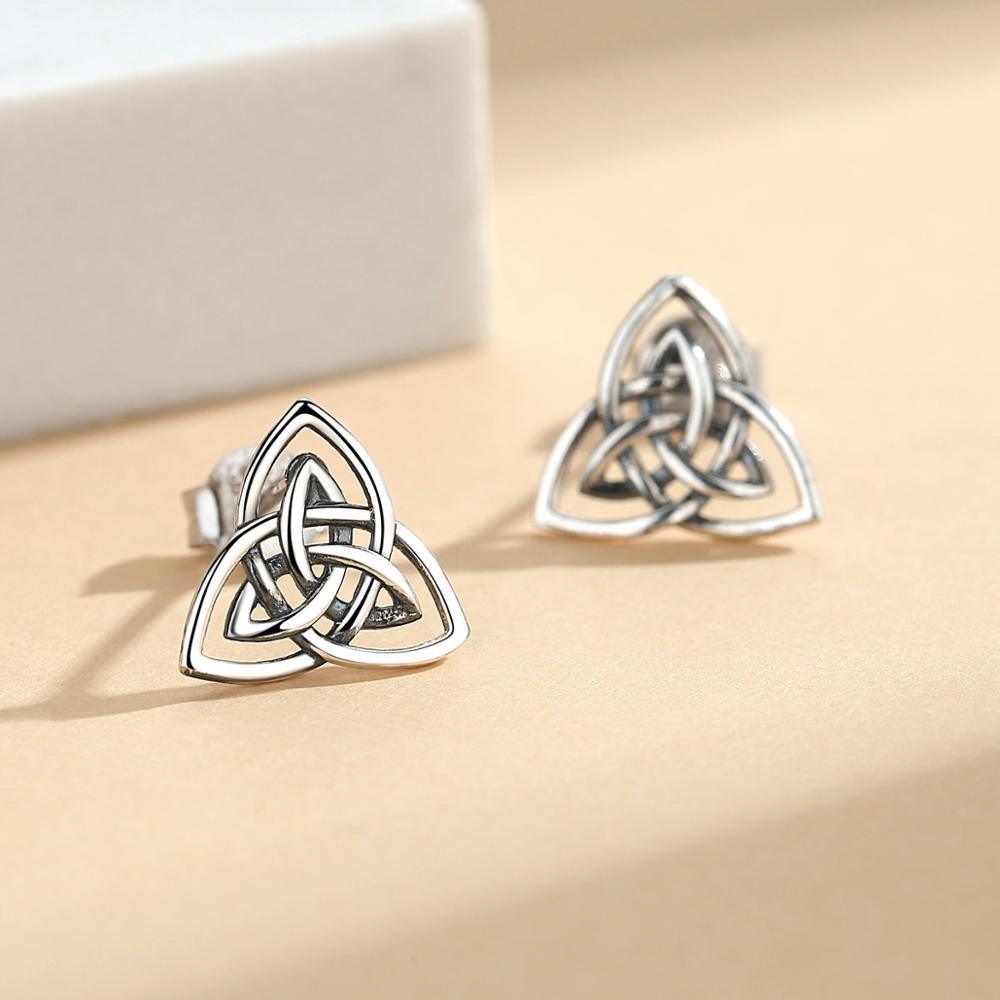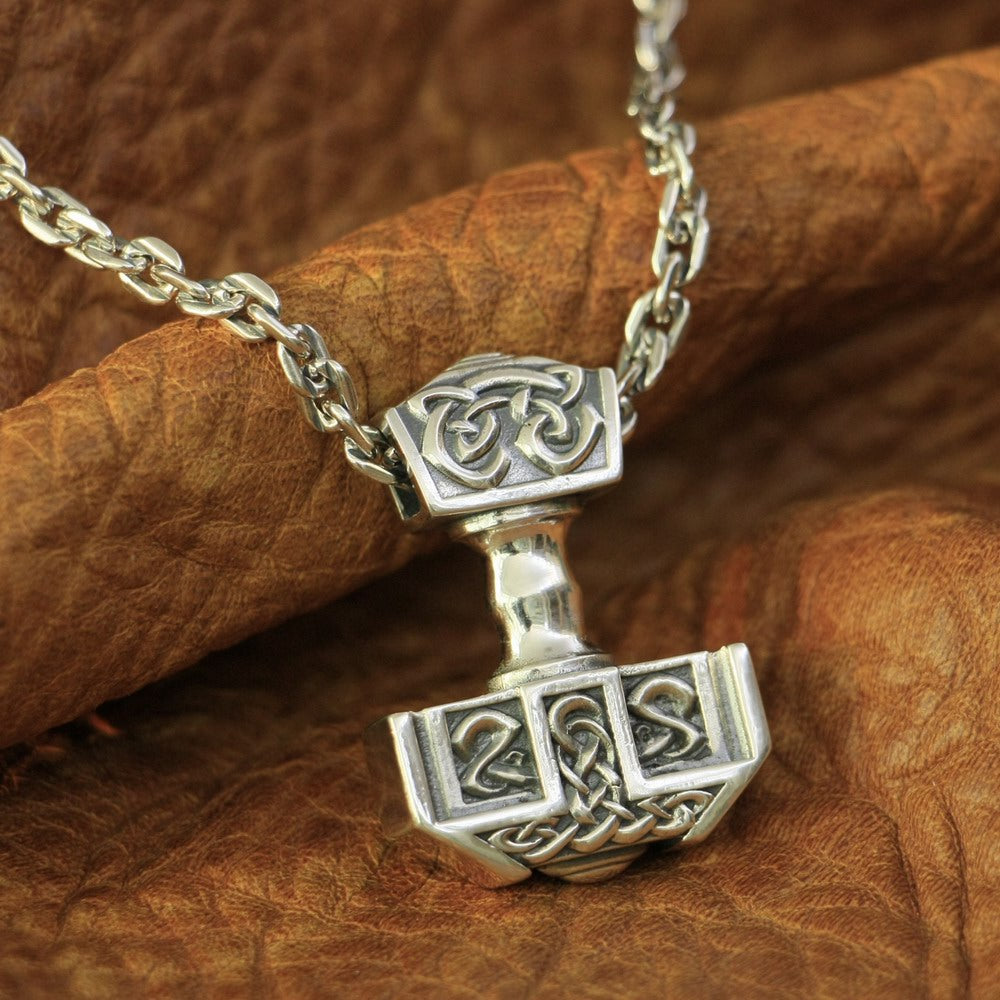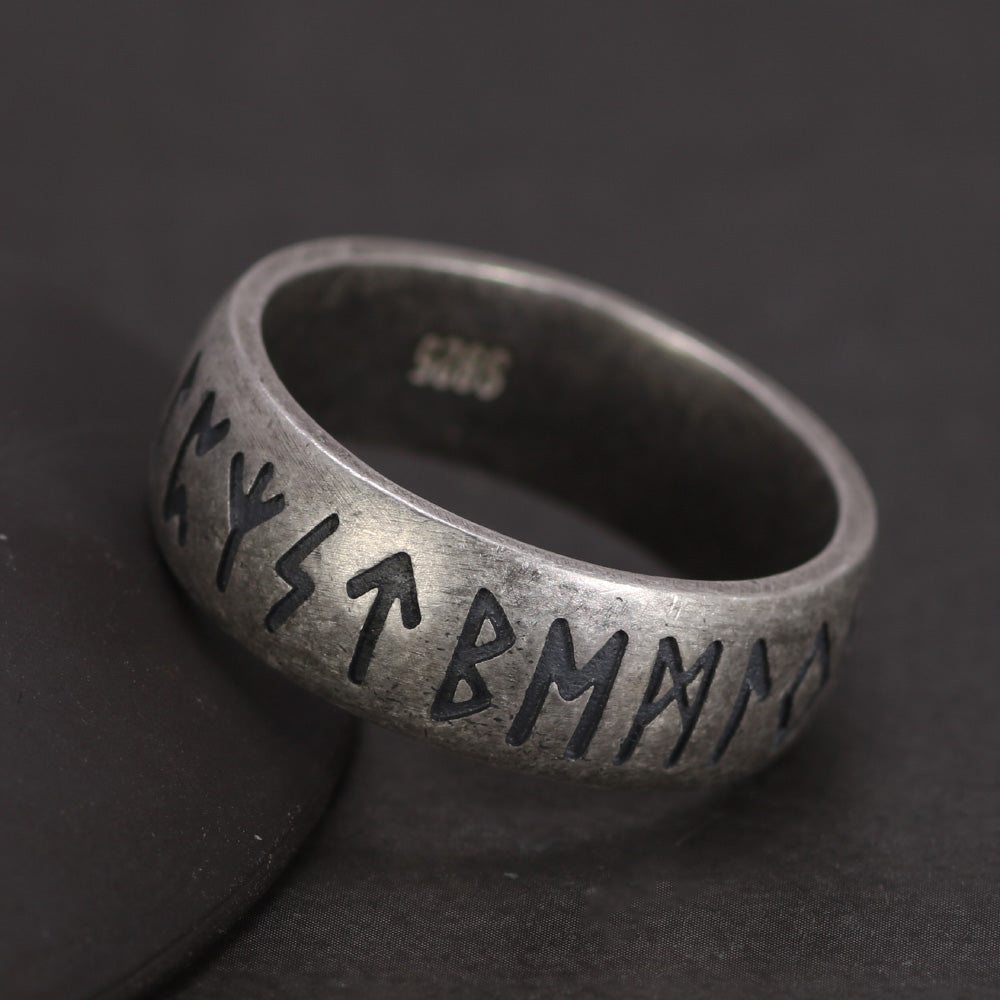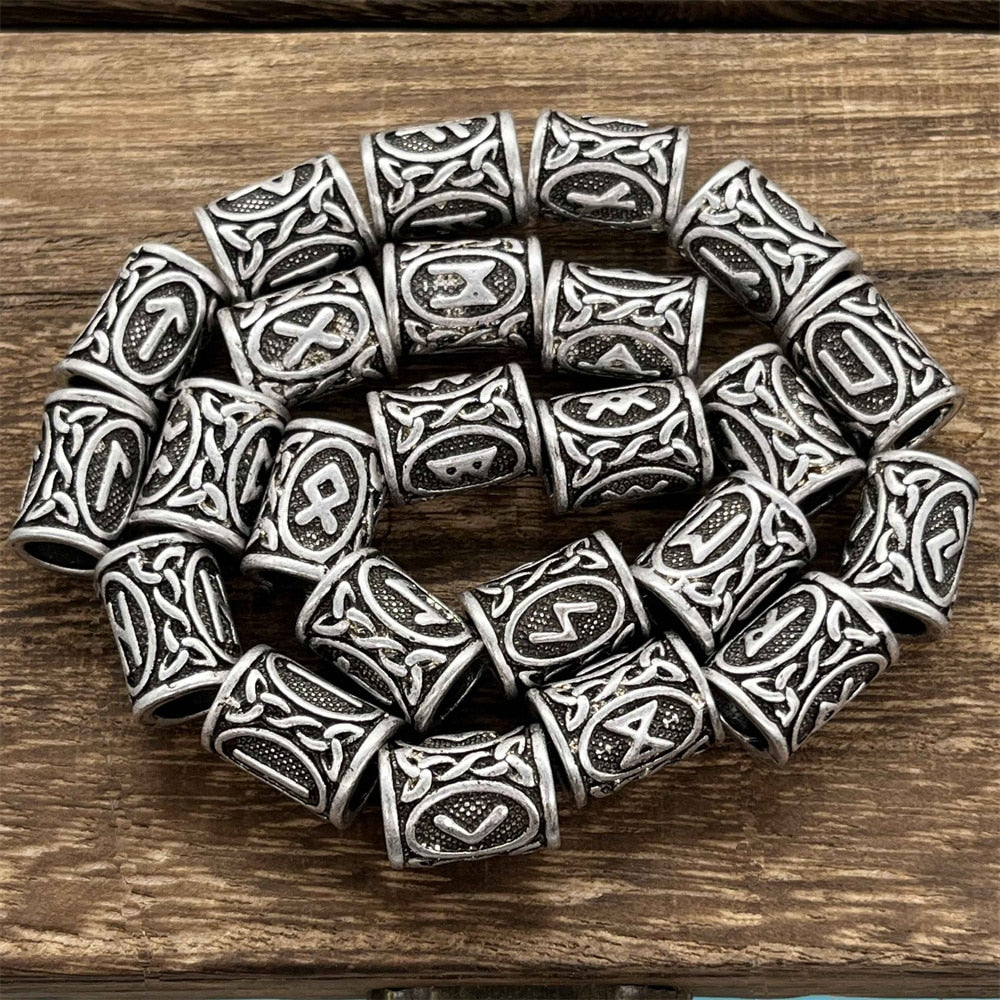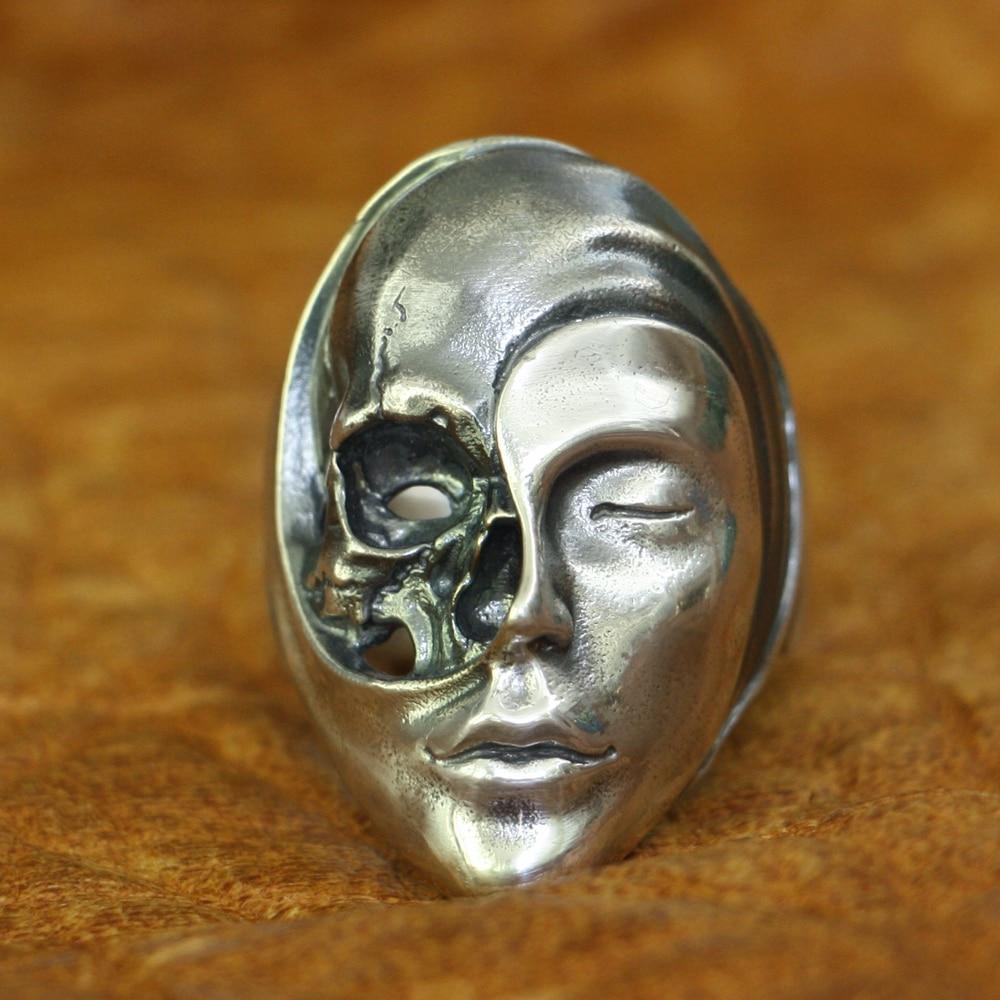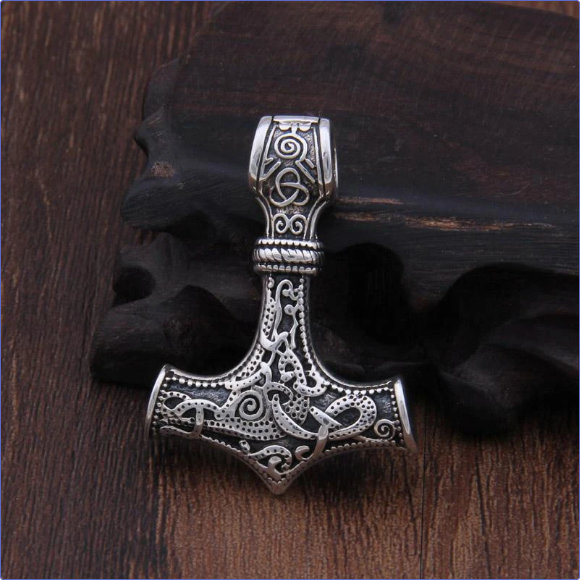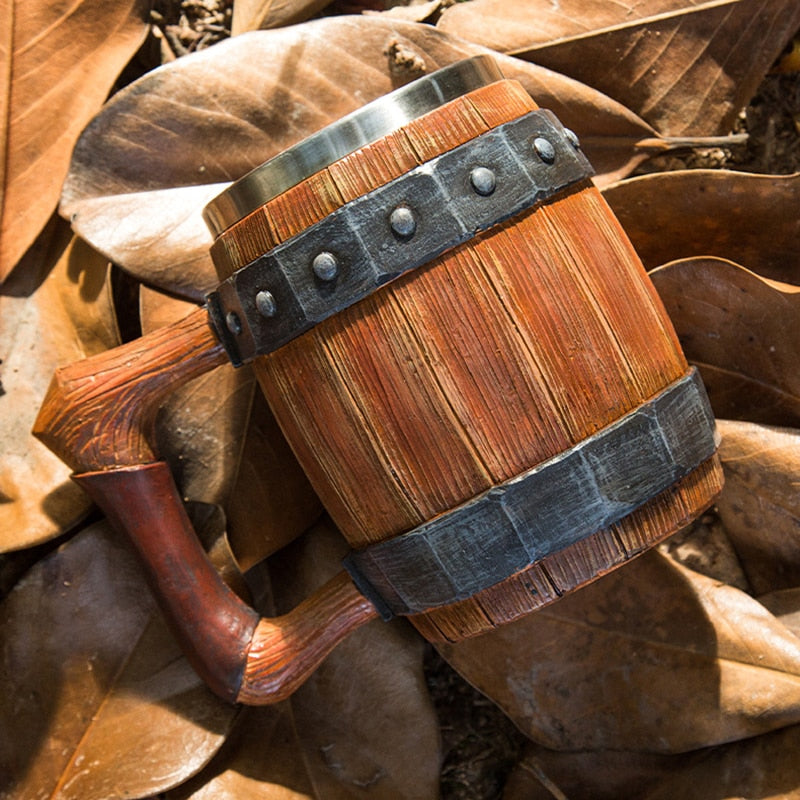One of the more disturbing aspects often associated with Norse culture is the idea of human sacrifice. But was this a historical reality, or is it a myth born of misunderstanding and dramatization? Let's explore the archaeological evidence, literary sources, and scholarly interpretations that address whether human sacrifice truly existed in the Viking Age.

Human sacrifice, for this discussion, refers to the ritual killing of individuals to appease or communicate with deities. This differs from executions or killings in battle, as it involves a sacred or religious context. In Norse society sacrifices of animals (called blót) were well-documented. But were humans also offered to the Gods?
Historical and Literary Sources
Much of what we know about Viking religious practices comes from later written sources, often penned by Christians with their own biases. One of the most famous descriptions of human sacrifice among the Vikings comes from the Arab diplomat Ahmad Ibn Fadlan, who traveled to the Volga region in the 10th century. He described the funeral (read about The Viking Funeral here) of a wealthy Rus chieftain (likely Norse in origin), where a female slave was ritually killed and buried with her master.
"Then they took the girl… and laid her down beside her master. Two men grabbed her feet while two others held her hands. The old woman called the ‘Angel of Death’ put a rope around her neck… She struck her with a broad-bladed dagger…"
— Ibn Fadlan, 10th century CE
While disturbing, this account is not necessarily unique. The Icelandic sagas and some historical accounts such as Adam of Bremen’s Gesta Hammaburgensis Ecclesiae Pontificum also describe sacrifices. Adam's 11th-century account of the Temple at Uppsala in Sweden recounts human and animal sacrifices conducted during large festivals every nine years.
Yet, scholars have debated the reliability of these sources. Christian chroniclers may have exaggerated or misunderstood what they saw—or even fabricated stories to portray pagan practices as barbaric.

Archaeological Evidence
Unlike written sources, archaeology provides more objective clues. Sites like Trelleborg, Ribe, and Oseberg have offered tantalizing evidence, though often open to interpretation.
For example, the Oseberg ship burial in Norway contained two women, one elderly and one younger. Some scholars suggest the younger may have been a ritual sacrifice—perhaps an enslaved person or an attendant meant to serve the elder in the afterlife. However, definitive proof is lacking.
More convincing is the mass grave at Ridgeway Hill in England, where dozens of decapitated bodies of Scandinavian men were found. But this may have been an execution rather than a sacrifice.
In Lejre, Denmark, and Gamla Uppsala, archaeologists have discovered animal bones, weapons, and what may be sacrificial pits. Human remains have also been found, sometimes bearing signs of ritual killing—such as throat-slitting or decapitation. Still, it’s difficult to determine ritual intent definitively from bones alone.

The Debate Among Scholars
The academic community remains divided. Some argue that the evidence supports the existence of ritual killing, particularly in high-status funerals or during times of crisis (like famine or war). Others suggest these were isolated events, or that they are misinterpreted acts of execution, warfare, or even symbolic myths rather than actual sacrifices.
According to Neil Price, a leading archaeologist and Viking specialist, Viking religion included complex, performative rituals, some of which may have included human offerings. In his book Children of Ash and Elm: A History of the Vikings, he stresses that Norse cosmology had room for such acts, especially in times of social upheaval or transition.
On the other hand, Jesse L. Byock, author of Viking Age Iceland, points out that much of the saga literature was written centuries after the events they describe, and that even when sacrifices are mentioned, they are often symbolic or legendary in tone.
Why the Idea Persists
Whether or not it was common, the idea of Viking human sacrifice has endured in popular imagination. Partly this is due to modern media, from TV shows like Vikings to video games like Assassin’s Creed: Valhalla. But it also reflects our fascination with the mystery and brutality of ancient belief systems.
The truth may lie somewhere in between: while not a widespread or everyday event, human sacrifice may have occurred in specific contexts, such as royal funerals or religious festivals, and was later amplified by mythmakers and chroniclers.

Was human sacrifice real in the Viking world? The answer is a cautious yes—possibly, though not in the sensationalist way it’s often portrayed. The written accounts, archaeological evidence, and ritual context support the idea that it happened—but likely rarely, and with ceremonial significance. Whether to honor a chieftain, please the Gods, or mark transitions, these acts—if they did occur—were part of a complex and rich Norse worldview that modern scholars are still working to understand.
References
Price, Neil. Children of Ash and Elm: A History of the Vikings. Basic Books, 2020. ISBN: 9780465096985
Byock, Jesse L. Viking Age Iceland. Penguin Books, 2001. ISBN: 9780140291155
Simek, Rudolf. Dictionary of Northern Mythology. Translated by Angela Hall, D.S. Brewer, 2007. ISBN: 9780859915137
